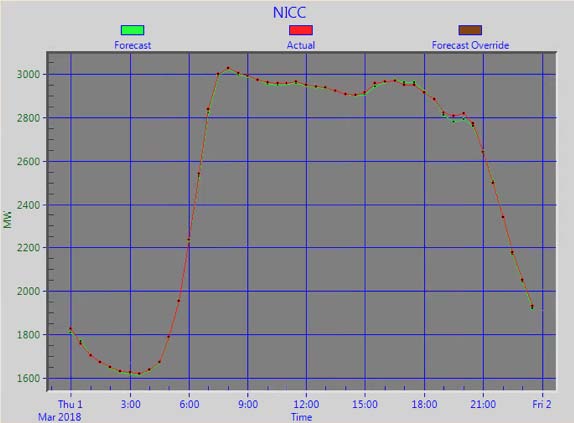 Figure 1: North Island Load Forecast vs Actual Load for Thursday 1st March 2018
Figure 1: North Island Load Forecast vs Actual Load for Thursday 1st March 2018
The system operator (SO), Transpower, is responsible for managing the power system and operating the wholesale electricity market.
Managing the power system requires balancing load and generation in real-time, as well as ensuring the network is operated securely.
To achieve this balance, the SO prepares a forecast of demand at conforming grid exit points (GXPs) for each trading period. This information is a key input into the market schedules.
A recently published Transpower report, Battery Storage in New Zealand, indicates that batteries can offer the greatest value when located as close to the customer.
Pricing and commercial arrangements to realise all benefits have yet to emerge.
Initially, battery energy storage systems (BESS) are expected to see largest uptake at a residential level, so called behind-the-meter (BTM) installations, with the primary drivers being to maximise self-consumption of residential PV generation, for back-up power, and Time of Use (TOU) bill management.
As ancillary service procurement arrangements are adapted to facilitate access to capabilities afforded by batteries, and battery uptake increases the diversity of electricity consumer behaviour may become increasingly difficult to predict. This will have a direct impact on Transpower's ability to accurately forecast load and manage the balance between load and generation in real-time.
The impact of not producing an accurate load forecast may impact on the quality of forecast schedules (including price and generation quantities) leading to sub-optimal purchase and generation availability.
The question presented to the group is:
Based on historical information of system loads but limited data beyond the GXP level, how can Transpower determine the update of battery energy storage systems, along with their capacity and behaviour, in order to maintain an accurate load forecast?
